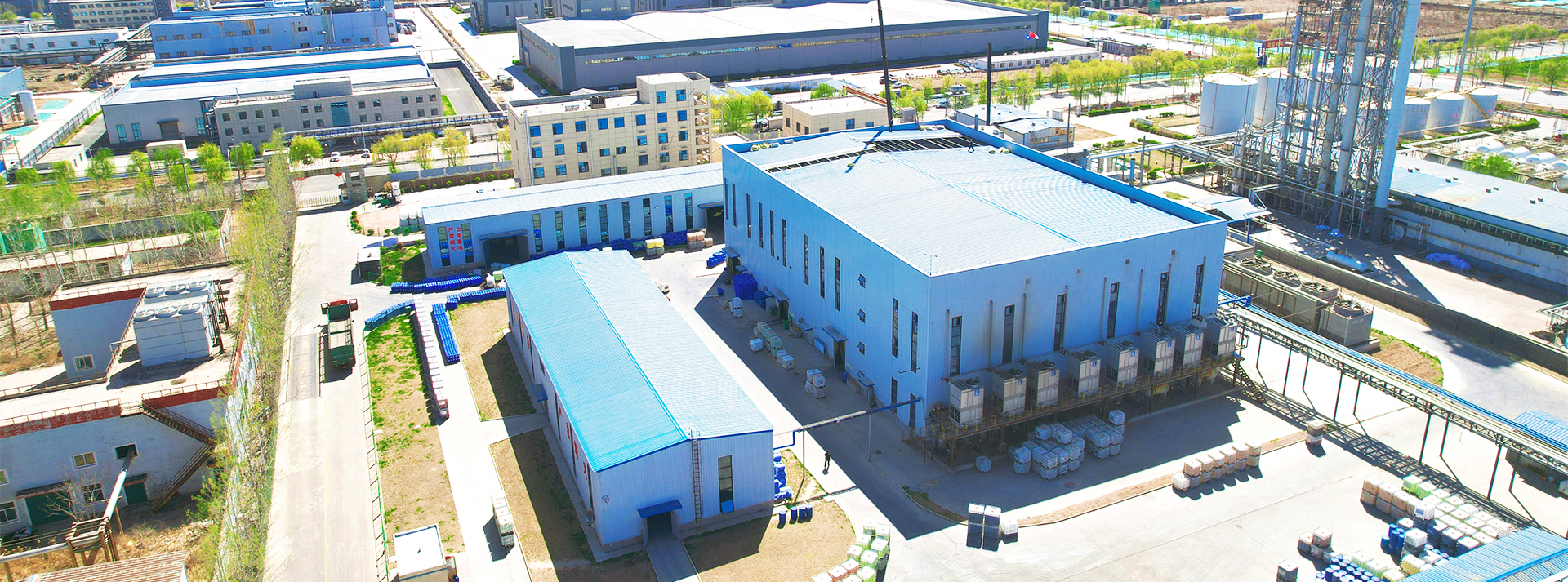polyacrylamide flocculant
Understanding Polyacrylamide Flocculants Applications and Benefits
Polyacrylamide (PAM) is a versatile and widely used synthetic polymer that serves as an effective flocculant in various industrial and environmental applications. This article explores the properties, mechanisms, and benefits of using polyacrylamide flocculants, as well as their role in different sectors such as water treatment, mining, and agriculture.
What is Polyacrylamide?
Polyacrylamide is a water-soluble polymer, produced from the polymerization of acrylamide monomers. It is available in different forms anionic, cationic, and non-ionic, with varying molecular weights and charge densities. This diverse range allows PAM to be tailored for specific applications, significantly enhancing its effectiveness as a flocculant.
The Mechanism of Flocculation
Flocculation is a process that involves the aggregation of fine particles to form larger flocs, which can then be easily removed from a liquid medium. PAM achieves this by bridging between particles through its long-chain molecular structure. When added to a suspension, PAM molecules absorb onto the surface of particles, reducing the electrostatic repulsion and facilitating the formation of larger aggregates. These aggregates can be removed by sedimentation or filtration, thereby clarifying the liquid.
Applications of Polyacrylamide Flocculants
1. Water Treatment One of the primary uses of polyacrylamide flocculants is in water treatment processes. PAM is instrumental in municipal wastewater filtration, helping to remove suspended solids, organic matter, and other impurities. Its efficiency in clarifying water makes it invaluable in both drinking water purification and industrial wastewater management.
2. Mining Industry In the mining sector, polyacrylamide is used in mineral processing to enhance the separation of valuable minerals from waste material. By promoting the sedimentation of fine particles, PAM helps in recovering minerals more efficiently while reducing the environmental impact of mining operations.
polyacrylamide flocculant

3. Agriculture PAM also finds applications in agriculture, particularly in soil erosion control and water conservation. When applied to agricultural fields, polyacrylamide can improve soil structure and water retention, thereby promoting better crop yields. It can also be used in furrow irrigation systems to reduce water runoff and enhance infiltration.
4. Oil Recovery Additionally, PAM is employed in enhanced oil recovery (EOR) processes. It helps improve the mobility of oil within reservoirs, facilitating extraction and achieving higher recovery rates. This application underscores the importance of polyacrylamide flocculants in the energy sector, contributing to more sustainable oil production practices.
5. Pulp and Paper Industry In the pulp and paper sector, PAM enhances the clarification of pulp suspensions, leading to improved paper quality. It aids in removing impurities and achieving better fiber retention during the manufacturing process.
Benefits of Using Polyacrylamide Flocculants
Polyacrylamide flocculants offer numerous benefits that contribute to their widespread adoption across various industries
- High Efficiency PAM demonstrates excellent performance, effectively aggregating particles at low dosages. - Versatility With different formulations available, PAM can be customized to meet specific needs across diverse applications. - Reduced Environmental Impact The use of PAM in wastewater treatment and mining lowers the environmental footprint by enhancing resource recovery and minimizing pollution. - Cost-Effectiveness The ability of PAM to function at low concentrations means cost savings in terms of material requirements and processing time.
Conclusion
Polyacrylamide flocculants are essential tools in enhancing the efficiency of various processes across multiple industries. Their capacity to improve particle aggregation and ensure the effective removal of impurities makes them invaluable in water treatment, mining, agriculture, and more. As environmental regulations become increasingly stringent, the role of polyacrylamide in promoting sustainable practices will continue to expand, solidifying its place as a critical component in modern industrial applications. By understanding and leveraging the capabilities of polyacrylamide flocculants, industries can achieve greater efficiency while contributing to environmental sustainability.
-
lk-319-special-scale-and-corrosion-inhibitor-for-steel-plants-advanced-solutions-for-industrial-water-systemsNewsAug.22,2025
-
flocculant-water-treatment-essential-chemical-solutions-for-purification-processesNewsAug.22,2025
-
isothiazolinones-versatile-microbial-control-agents-for-industrial-and-consumer-applicationsNewsAug.22,2025
-
scale-inhibitor-key-solutions-for-water-system-scale-preventionNewsAug.22,2025
-
organophosphonates-versatile-scale-inhibitors-for-industrial-water-systemsNewsAug.22,2025
-
scale-and-corrosion-inhibitor-essential-chemical-solutions-for-water-system-maintenanceNewsAug.22,2025





